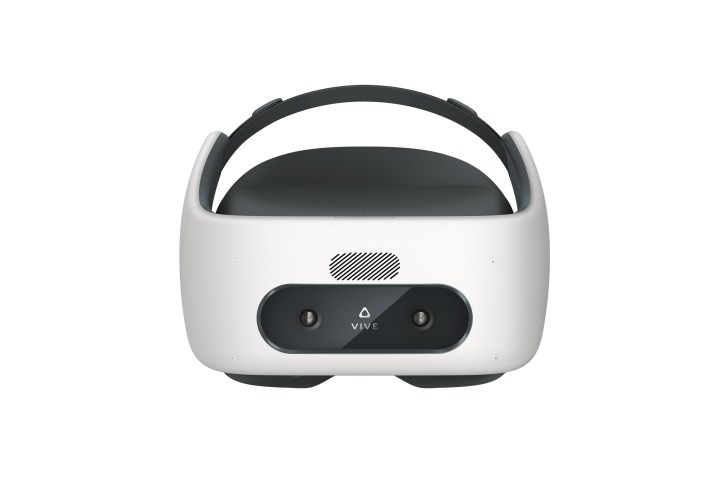
HTC’s Vive Focus VR headset is getting an upgrade, and it could make it easier than ever for content parity across stand-alone VR systems and those tied to a PC.
The Vive Focus Plus will use the “six degrees of freedom” system used in the current Vive Focus, but now with support for dual “six degrees of freedom” controllers, as well.
With this integration, HTC Vive is aiming to make it easier for PC VR developers to move content over to the stand-alone Vive Focus Plus.
“This rollout of Vive Focus Plus furthers our commitment to rapidly iterate and refine the VR market for both businesses and consumers,” HTC Vive Americas GM Daniel O’Brien said in a press release.
The controllers themselves feature analog triggers capable of reading pressure-sensitive input during experiences. It also supports Gaze control, and with full enterprise support, this should make it easier for those unfamiliar with virtual reality to properly run the programs. Additionally, the “Hazard Spotting” tools in Vive Pro have also been incorporated into Vive Focus Plus, allowing people to move freely without worrying about injuring themselves or others.

Vive will be showing the Vive Focus Plus and the Vive Pro Eye during the Mobile World Congress in Barcelona later this month. The headset itself will be available to purchase beginning in the second quarter of 2019, and will be available in 25 different markets.
Vive Focus Plus will also be compatible with Viveport Infinity content, giving subscribers access to a growing library of games and experiences for a monthly fee. A single account will give you access to Vive Focus Plus support, as well as support for any of your compatible PC Vive headsets. The service will launch in April.
The Vive Focus Plus isn’t the only wireless headset the company has in the works. Announced during CES 2019 in January, the Vive Cosmos uses no external tracking technology and though it’s still designed for PC, it appears it will also feature integration with mobile devices. With space being such an issue with current virtual reality setups, however, it could help to usher the technology into smaller homes. The Cosmos’ controller has been built with tracking and performance in mind, with illuminated areas for better wrist tracking. It also features ergonomic buttons and sticks, and will be compatible with previous VR experiences.



